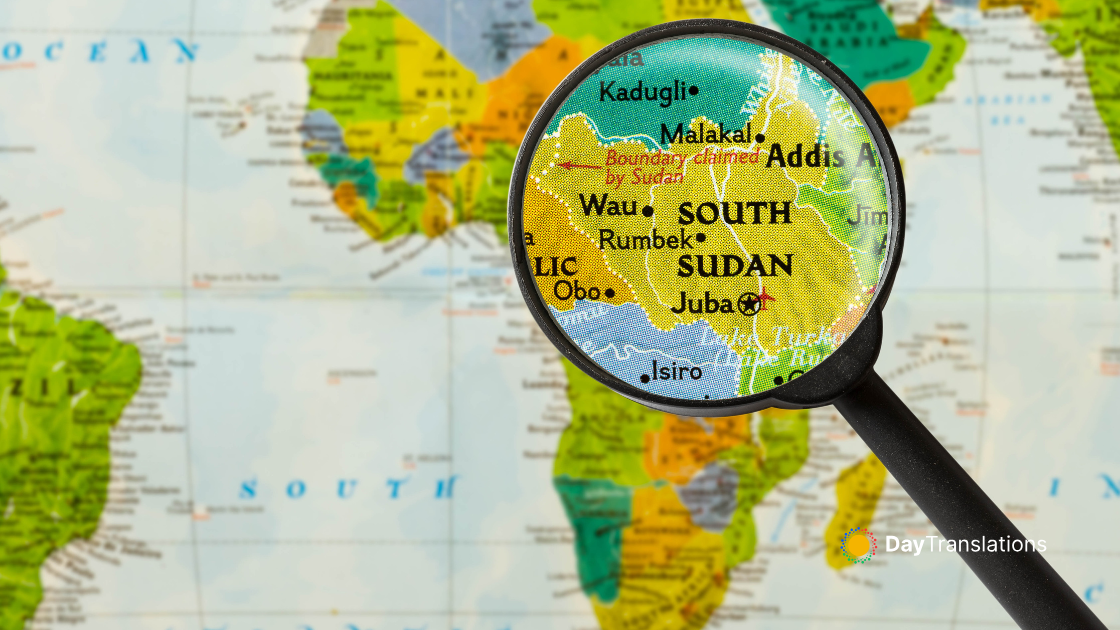Geography of South Africa: Important Geographical Information about South Africa
In this Country Profile
South Africa consists of nine provinces: Eastern Cape, Western Cape, North-West, Northern Cape, Limpopo, Free State, Mpumalanga, KwaZulu/Natal, and Gauteng Although South Africa is classified as semi-arid, it has considerable variation in climate and topography. The mountainous escarpment separates the low-lying coastal zone from the high inland plateau.
There are basically two geographic regions: a coastal region and a high interior plateau.
The coastal region extends from the deserts of the Namibian border to the sub-tropical Indian waters of Mozambique, forming an arc which is 2,400 km long and 160 km wide. In most areas, the land rises from narrow coastal plains in a series of steps created by steep escarpments. The last and highest step, the Great Escarpment, rises abruptly several thousand feet. Its loftiest part makes up the Drakensberg range, the highest mountain range in Southern Africa, rising up to 3,482 m in height. There are also dry plateaus, among them, the great inland Karoo plateau which is very dry.
Cape Town, the oldest city in South Africa, is located at the northern end of the Cape Peninsula. Table Mountain, South Africa´s most recognisable natural icon, forms a dramatic backdrop to the city bowl, with its plateau over 1,000 m high; it is surrounded by near-vertical cliffs, Devil’s Peak and Lion’s Head.
The high interior plateau, which occupies most of South Africa, consists of a series of rolling grasslands and lies at elevations between 600 and 1,800 m. The greater part of it, that known as the Highveld encompasses the entire Free State and lies above 4,000 feet (1,200 m). In general, the plateau slopes gently away from the edge of the Great Escarpment and in most places appears flat to rolling. There are, however, areas of rough terrain, including highlands and buttes. West of the Bushveld is the southern basin of the Kalahari Desert, which borders Namibia and Botswana.

Sorry, the comment form is closed at this time.